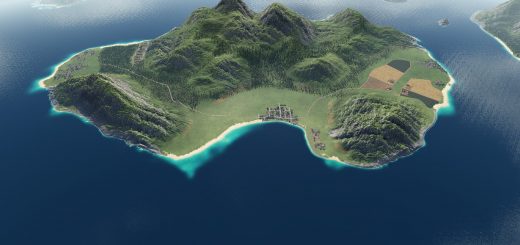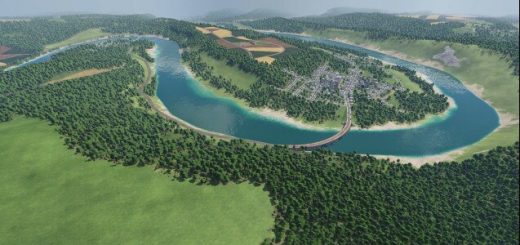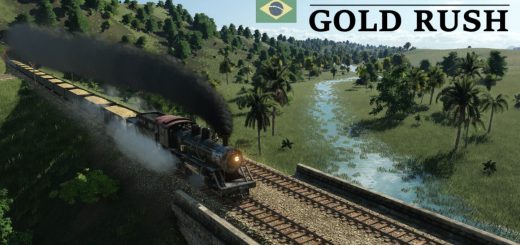Marias Pass Map TF2
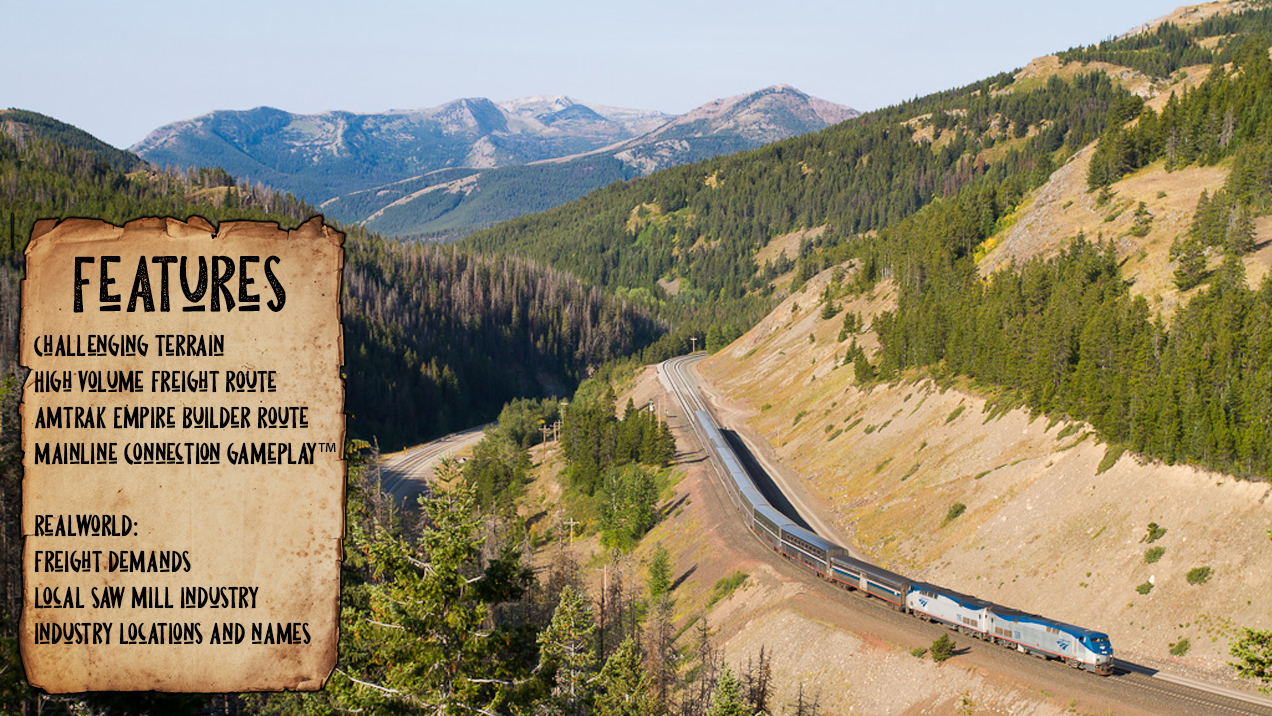

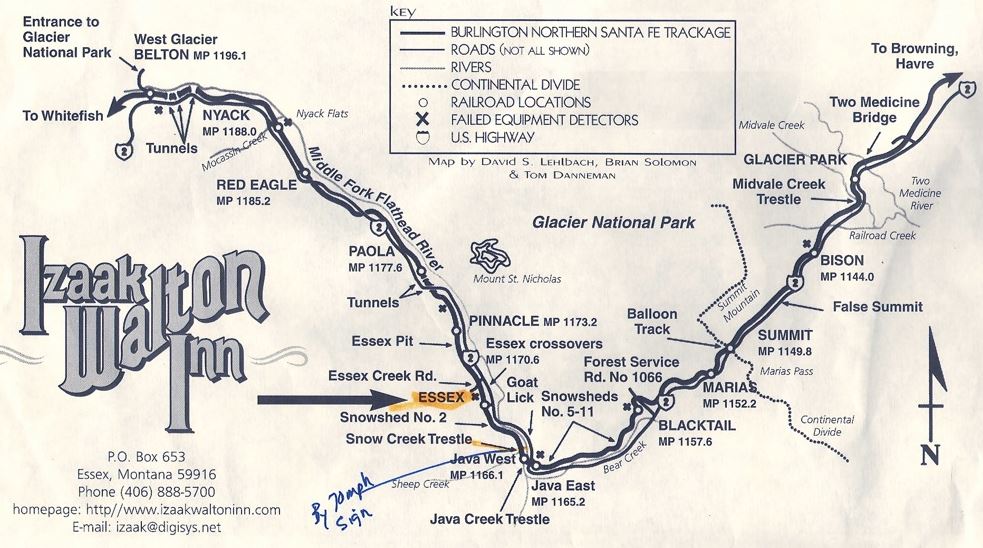
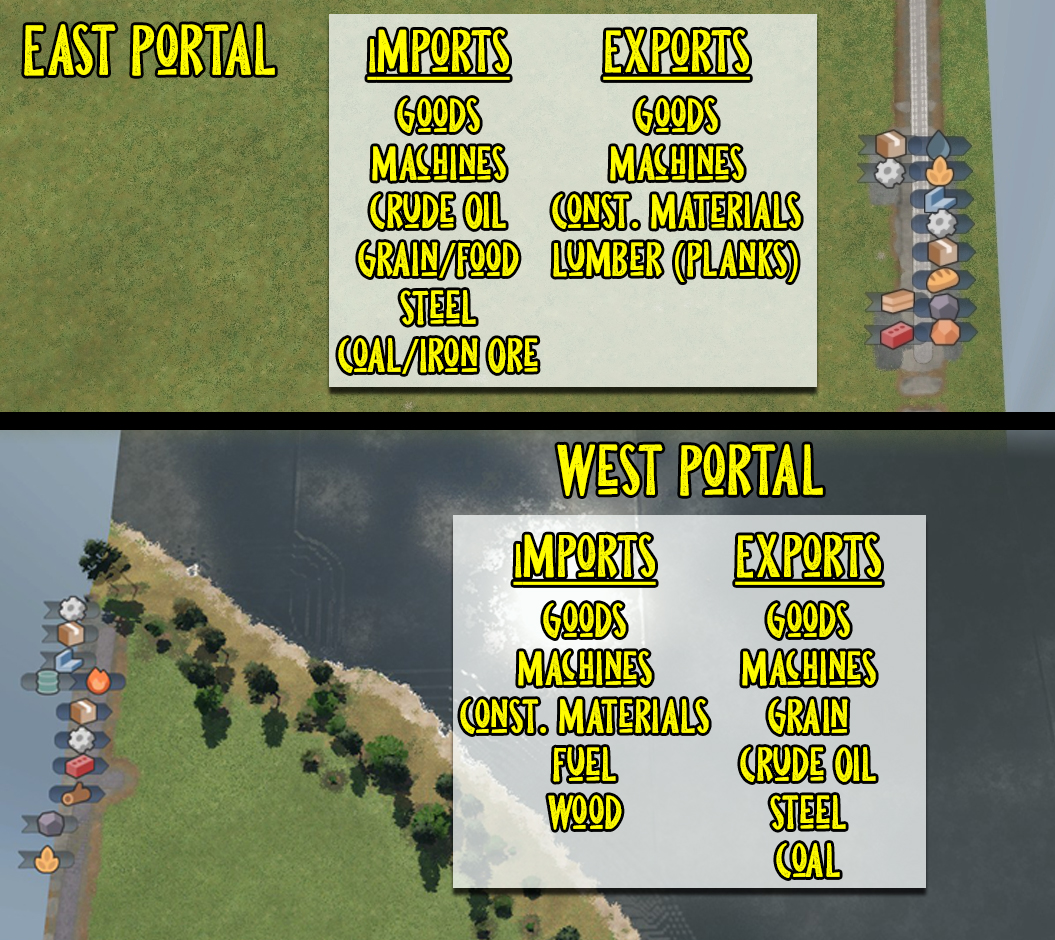
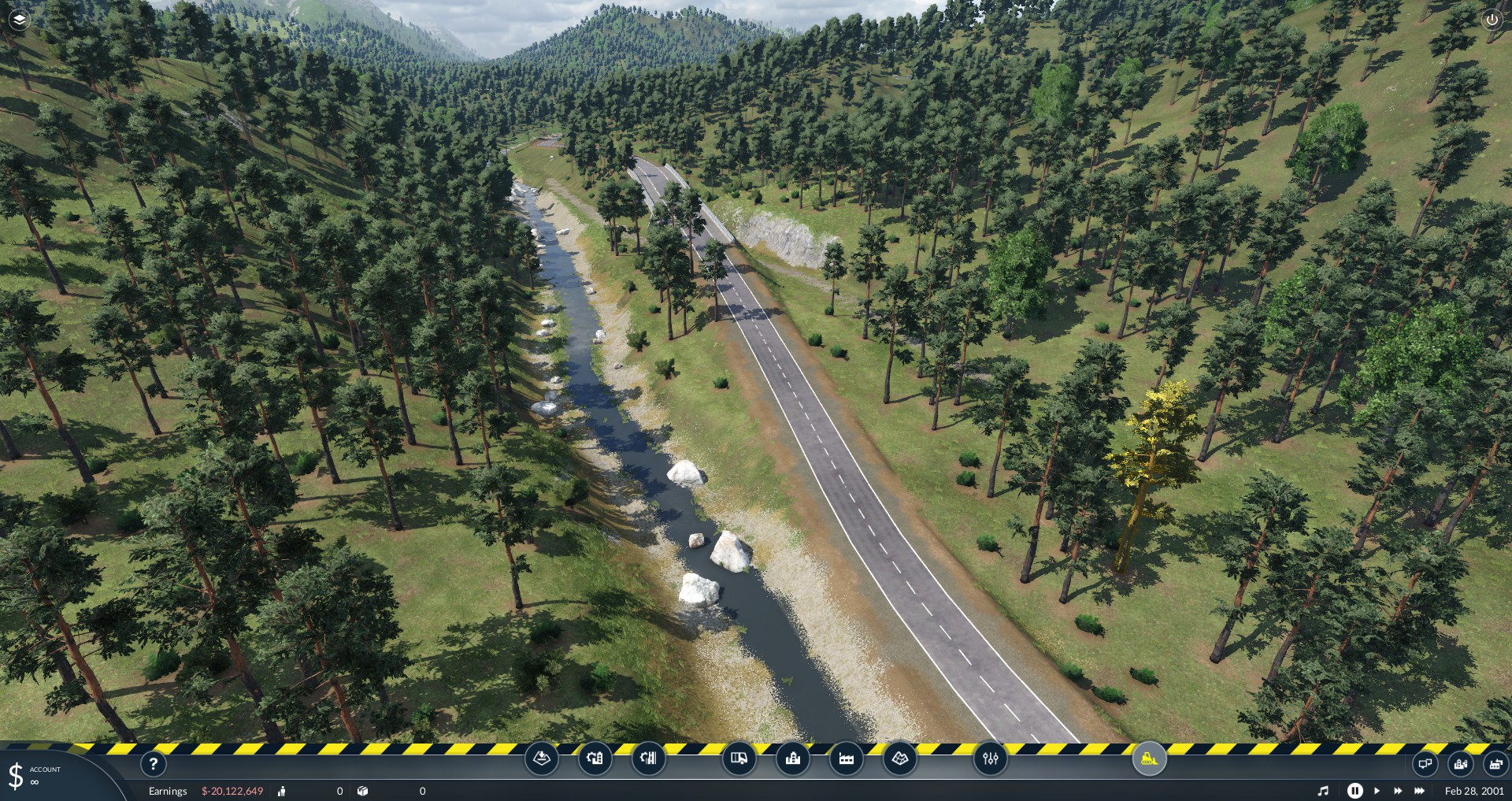
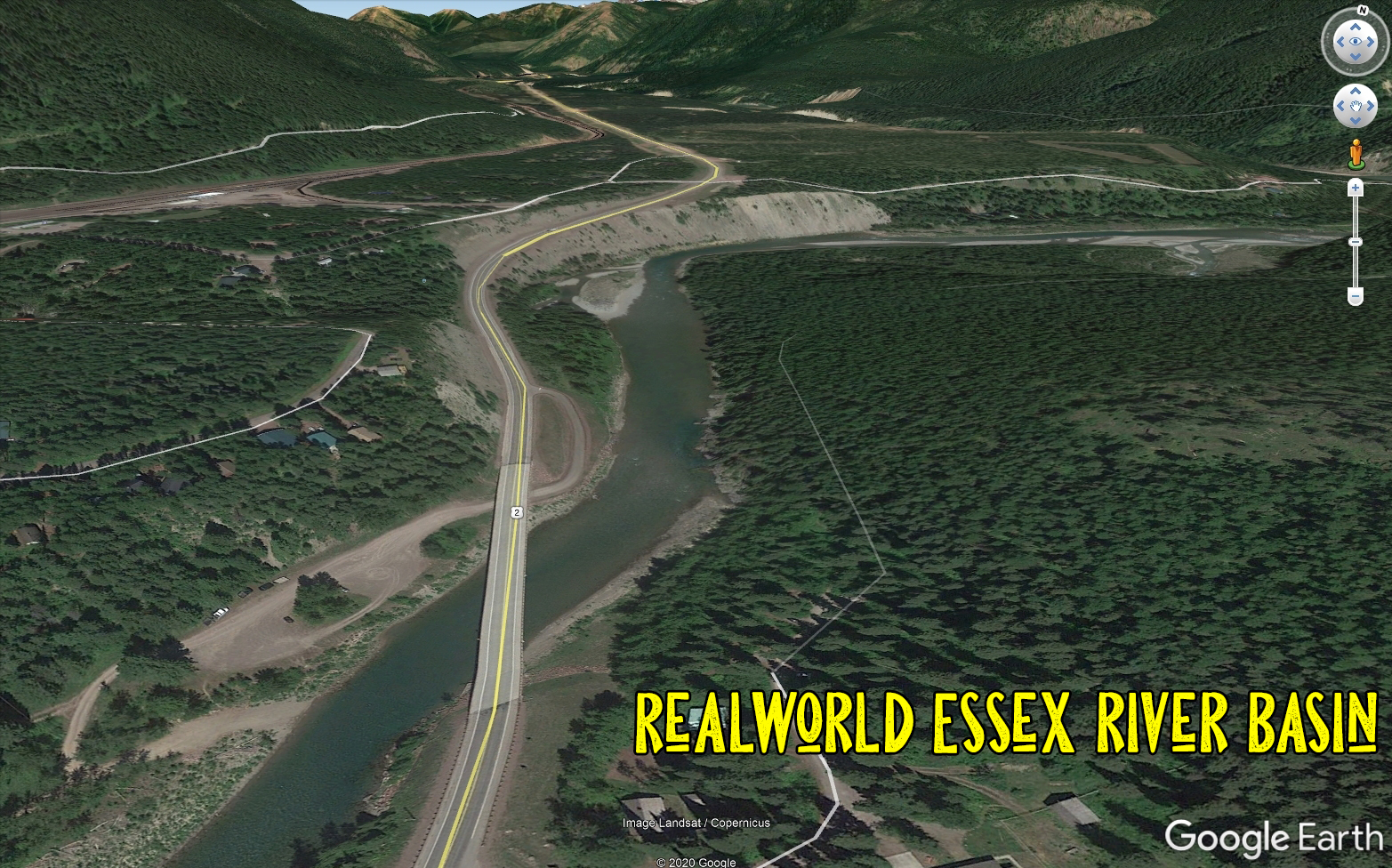
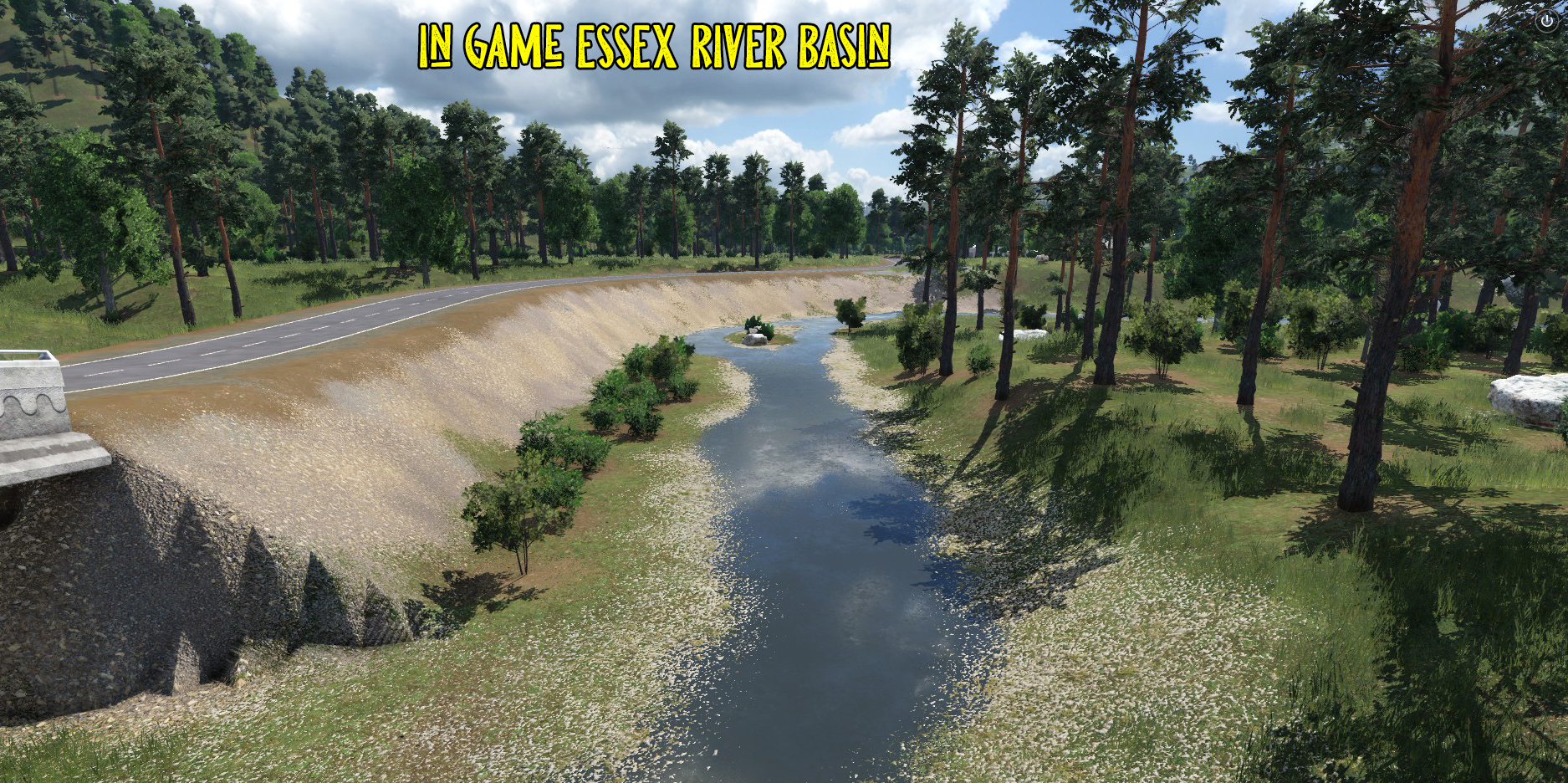
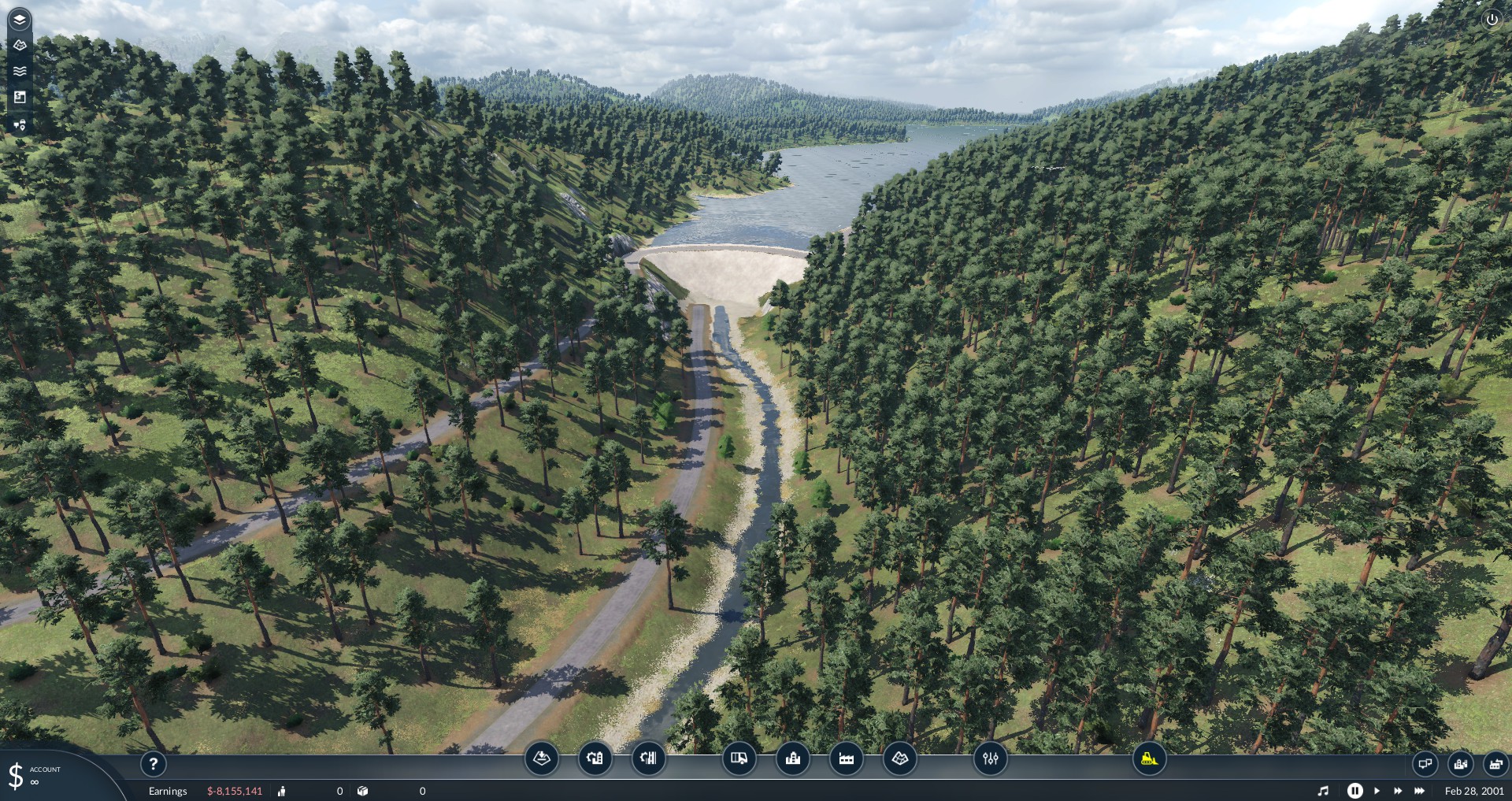
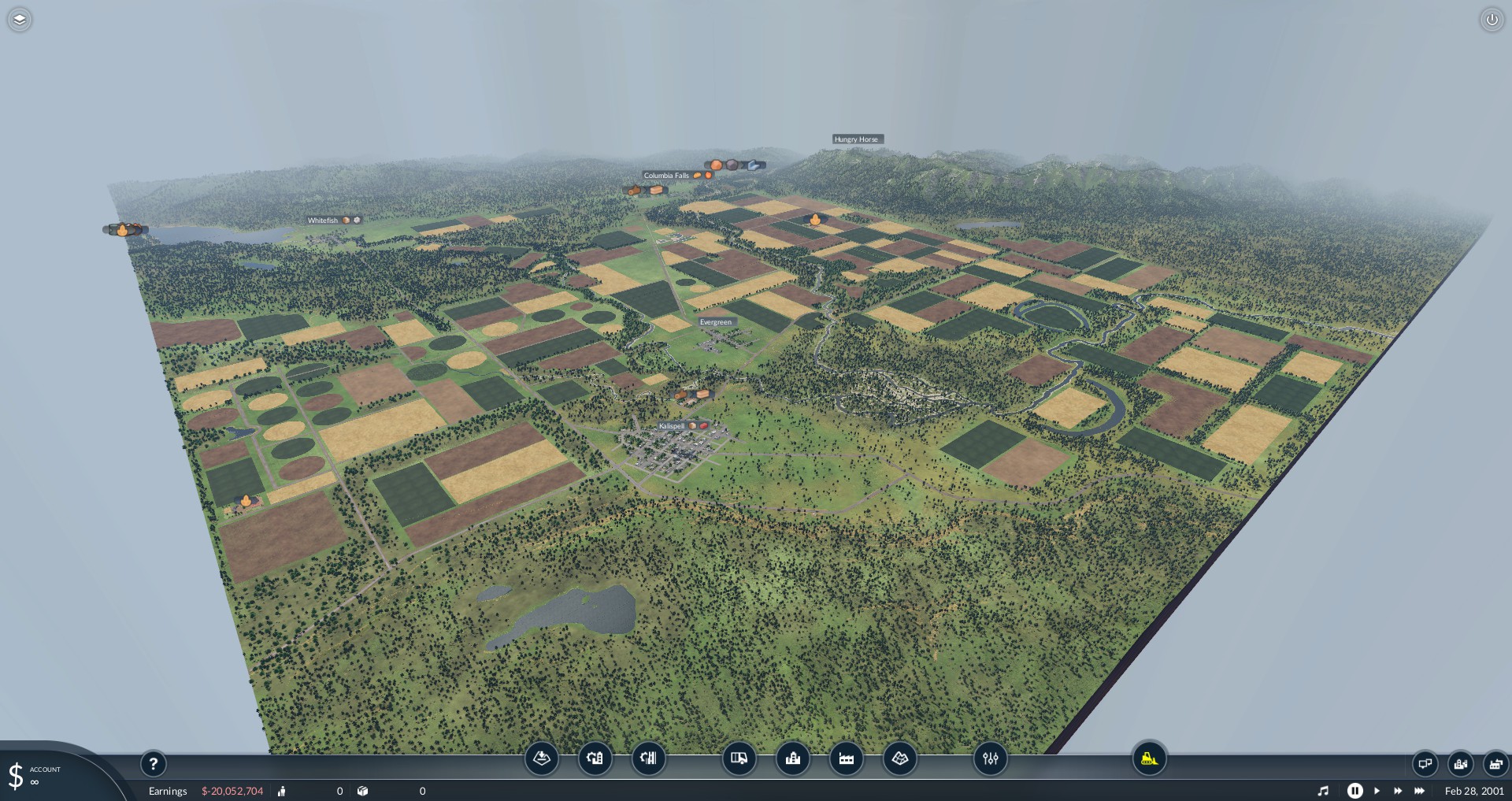
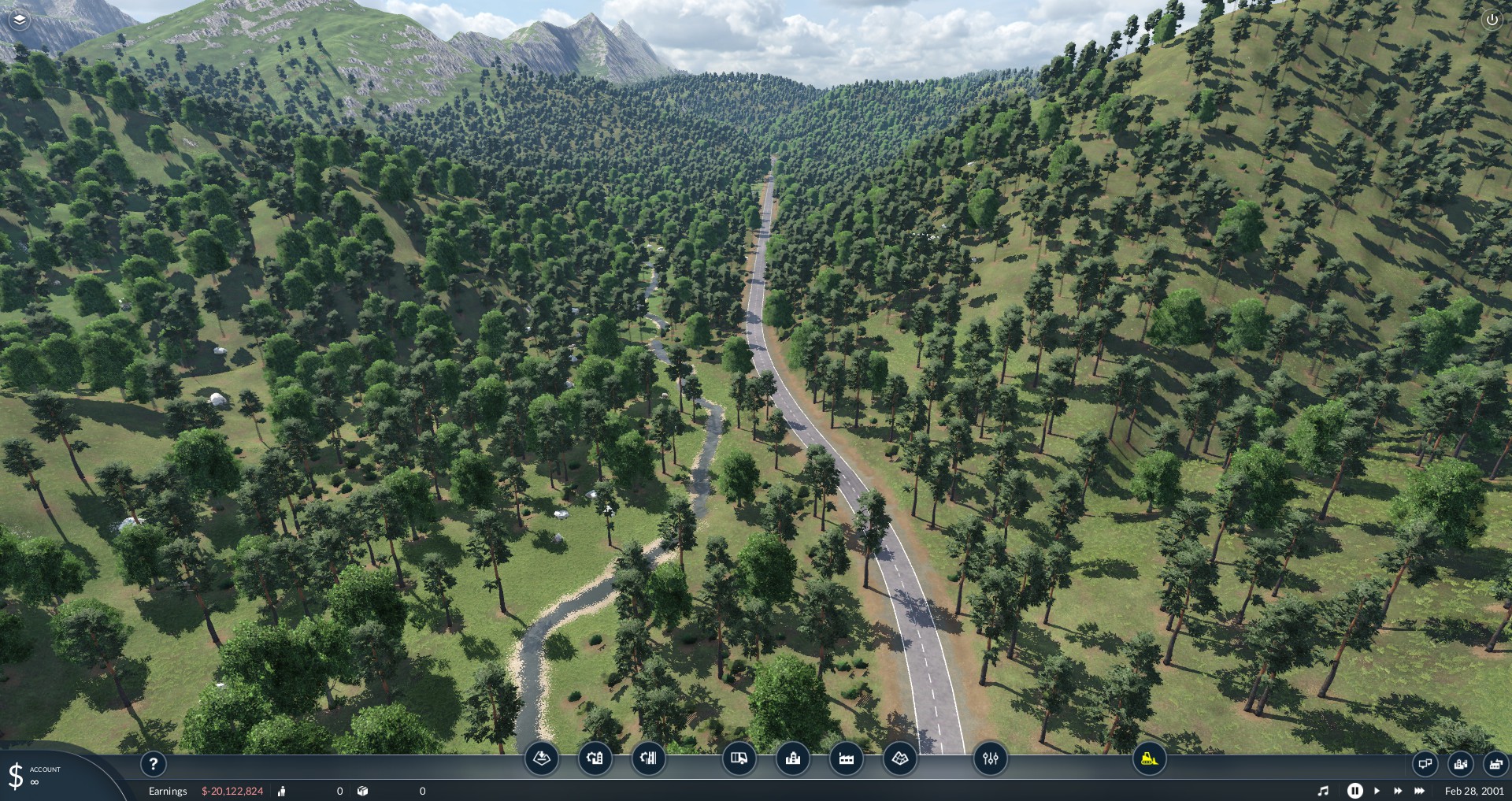
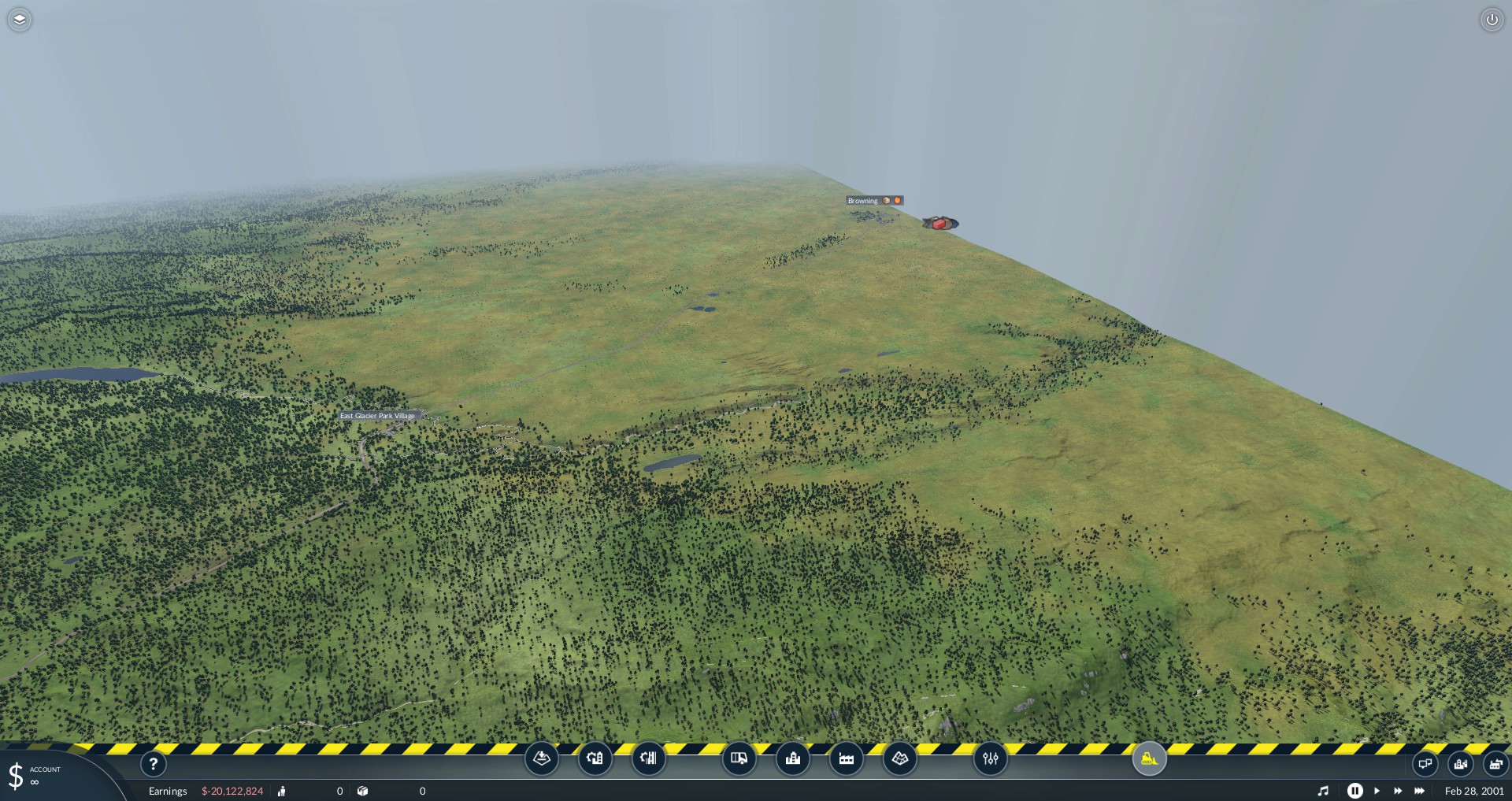
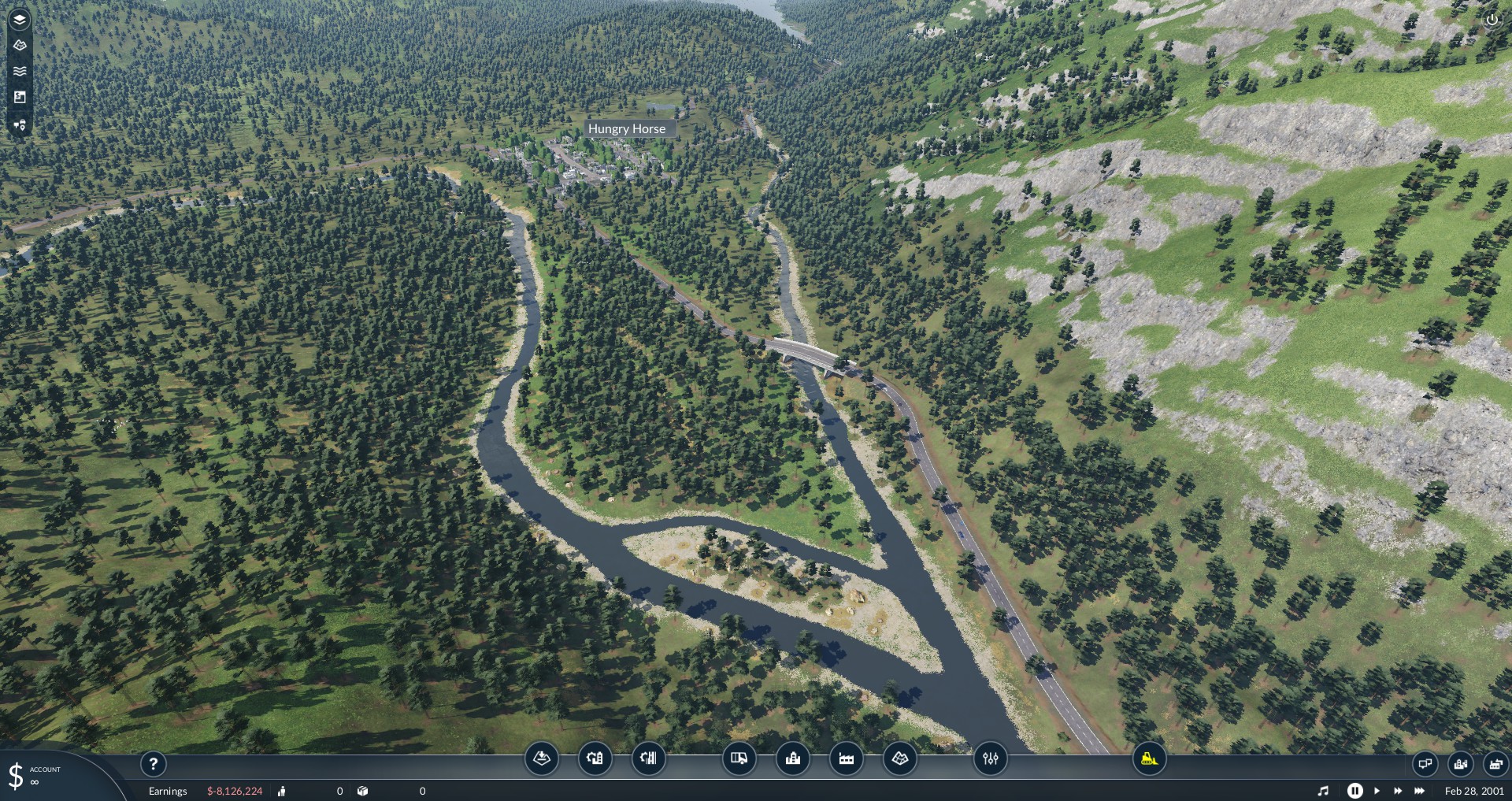
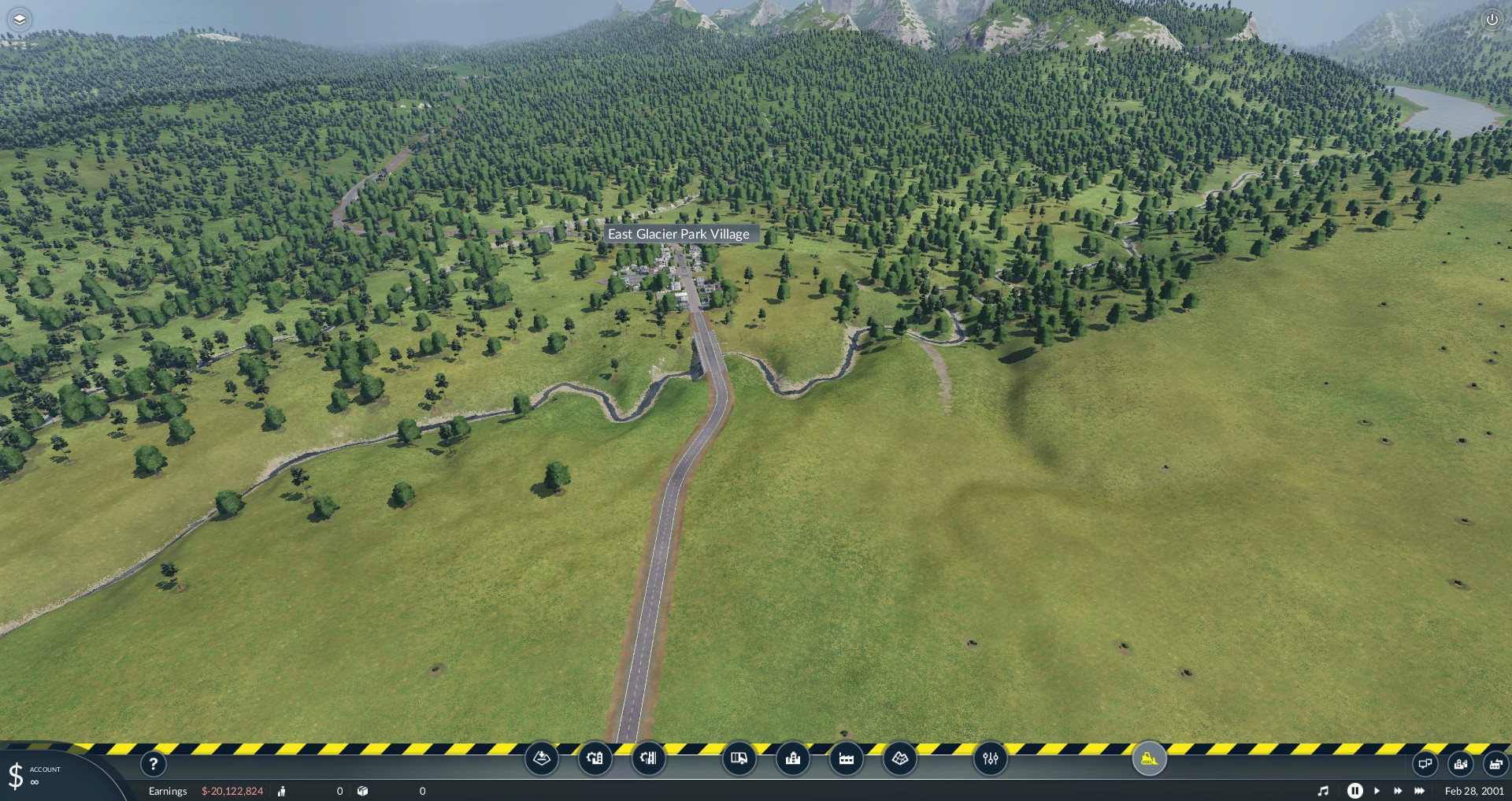
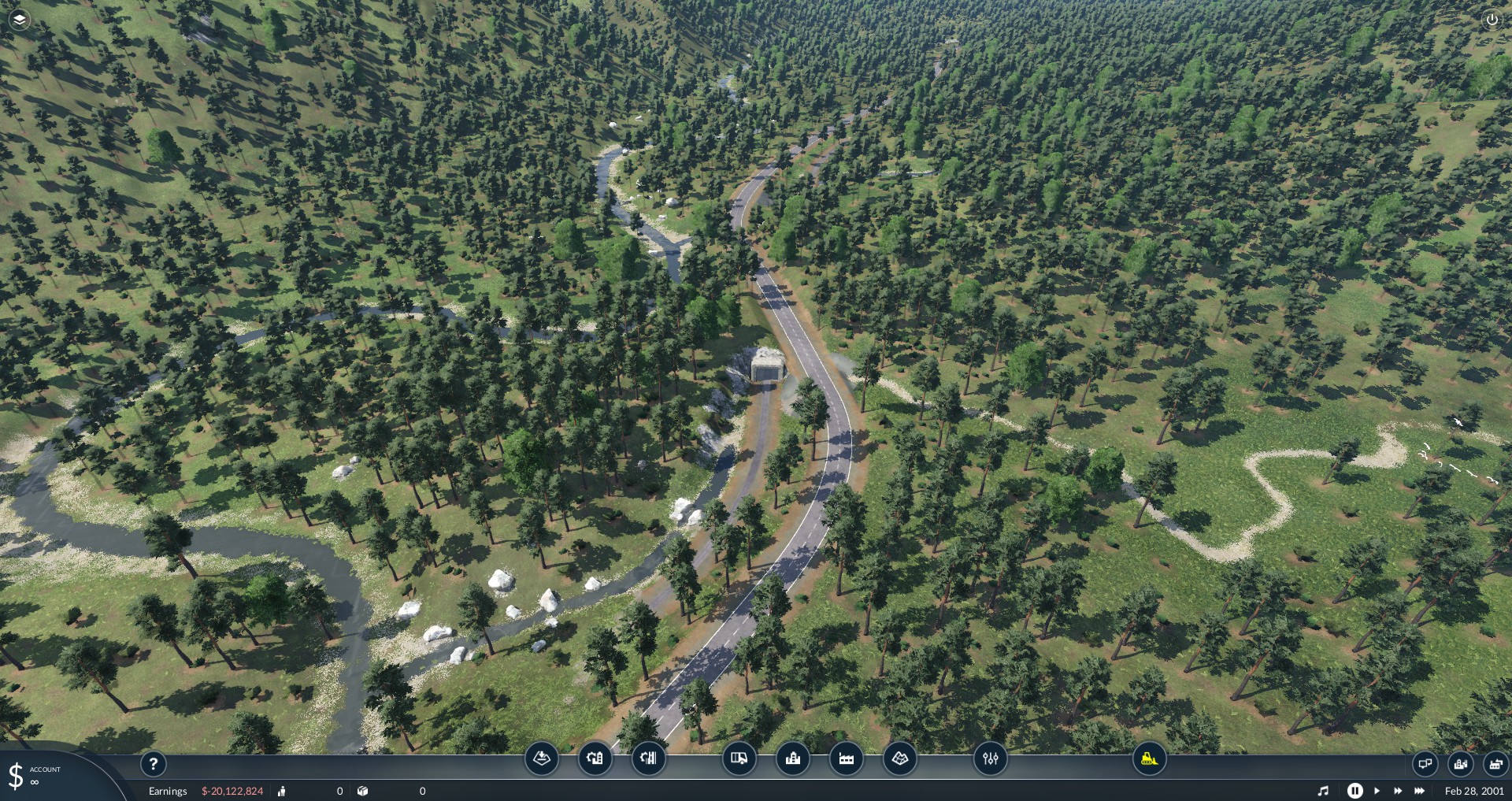
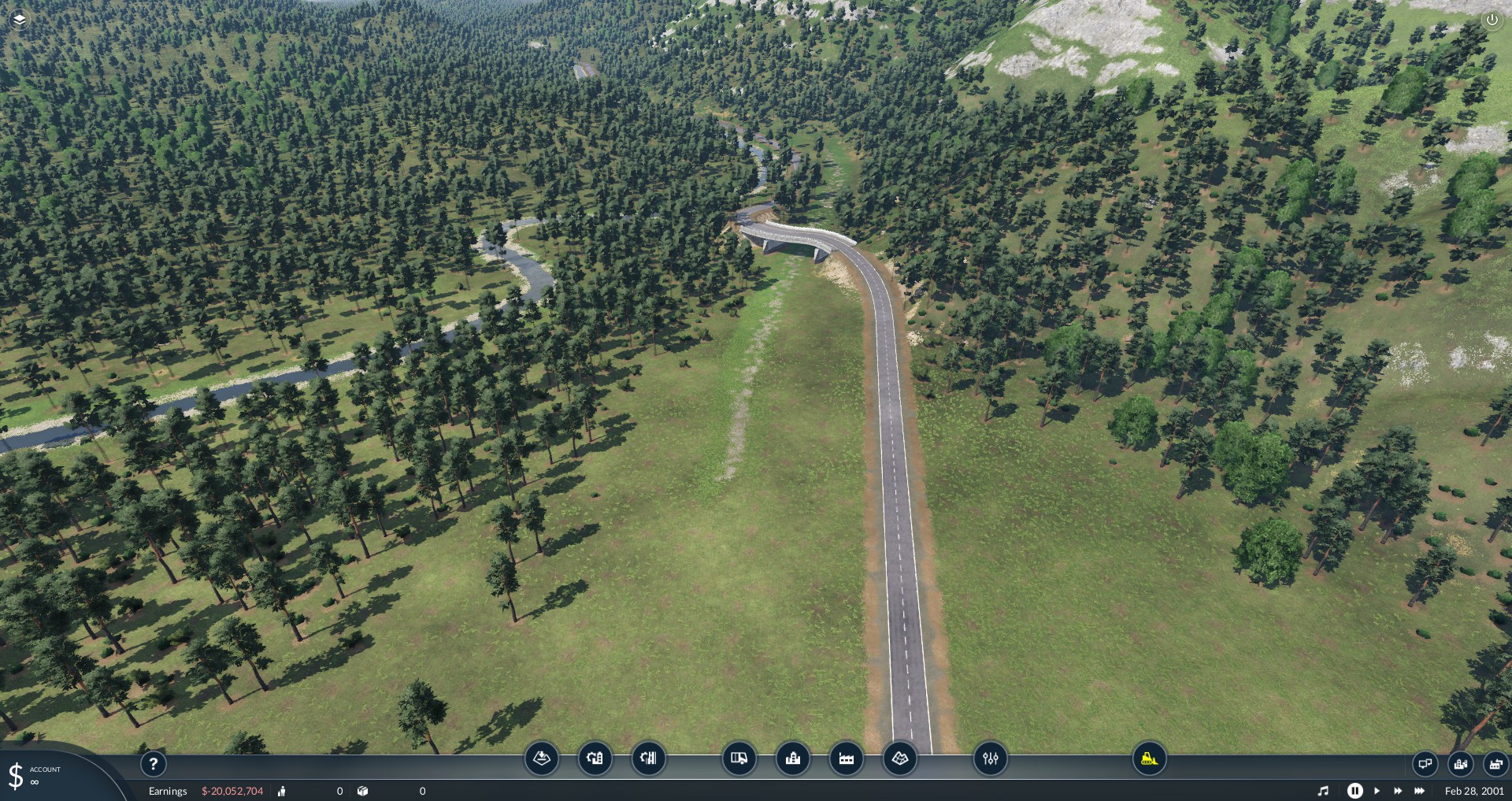
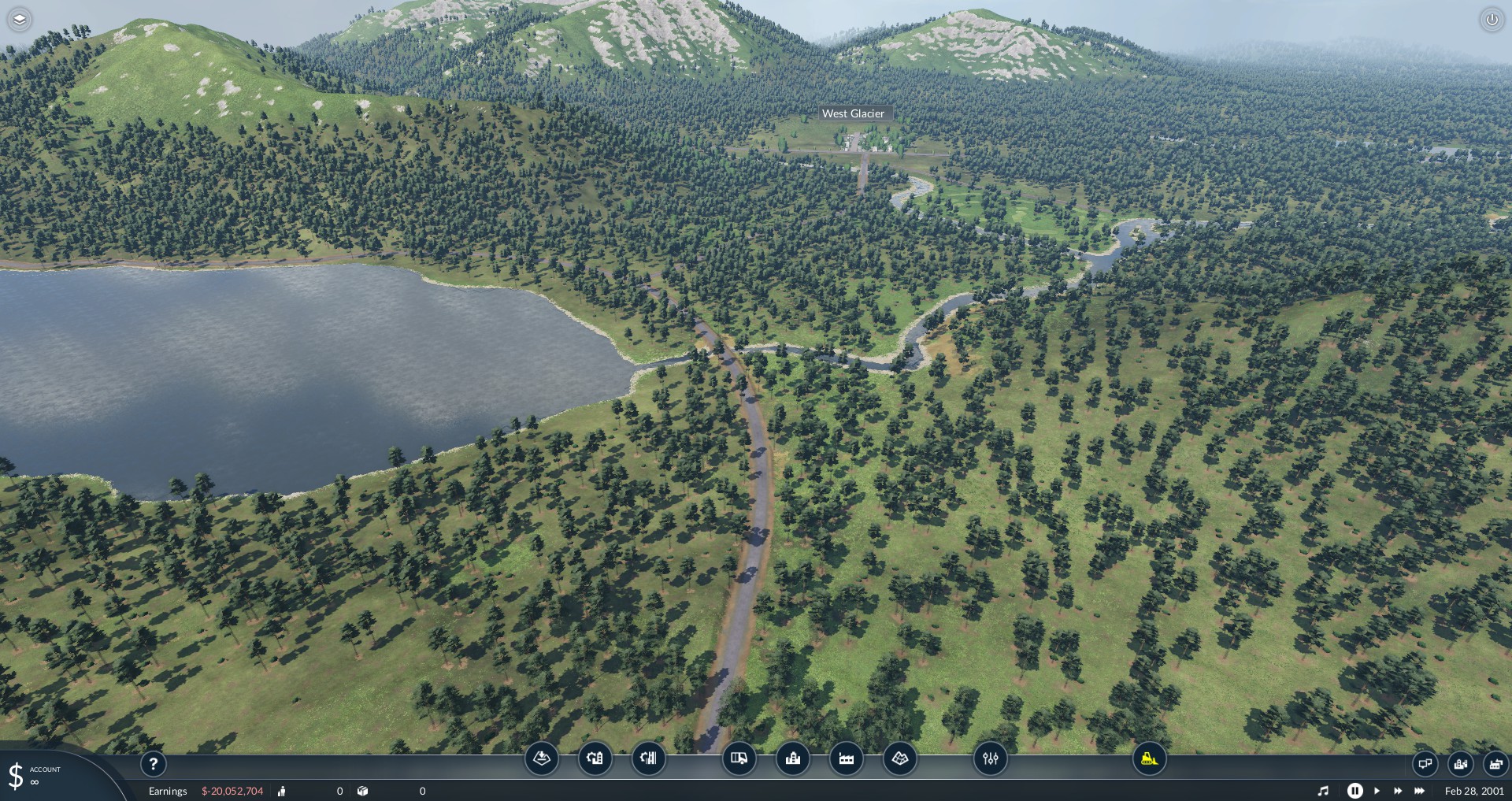
Marias Pass Map TF2
Welcome to the Super Highway of the North!
Although Marias Pass is among the lowest railroad crossings of the Continental Divide in the United States at 5,213 feet, nothing is small about BNSF Railway’s route through northwest Montana. Built by James J. Hill’s Great Northern Railway in the 1890s, the line across Marias Pass remains a critical transcontinental route to the Pacific Northwest as well as a spectacular place to enjoy mountain railroading. This super rail highway, owned today by BNSF, is a vital artery for the movement of freight and passengers passing through the Rocky Mountains. Though its mainline is primarily single track, it utilizes numerous sidings and amazing feats of engineering to make this passage possible.
Map Features and Challenges:
Highly detailed real-world topography (1/3 arc second detail)
Mainline Connection Game Play™
Real world proportional freight types and directional demands, placement and naming of local industries, and road placements
Ballast out cropping and small roads/tunnels marking where the line travels, tunnels, and crosses areas at various points
Operate the Amtrak Empire Builder serving cities along the line
Serve the region’s local industries and subdivisions via imported region freight and ship finished products down line
Conquer terrain and engineering challenges
Mainline Connection Game Play™
This is a new style of map gameplay I have developed that primarily focuses on the transportation of items from Point A to Point B vs. the standard TF logistics of connecting and completing all of the building steps and processes. Locations on each side of the line’s exit of the map are called “Portals”. Portals reflect real world freight types and proportional good demand in their various directions of travel.
Portal Import/Export Examples:
Intermodal traffic heading east is roughly double the number of west bound goods on the Marias Pass.
Crude oil from the Dakota oil fields travels west to coastal refineries and returns eastbound in smaller amounts as fuel.
To use the portals, simply connect a freight station to the road that runs through them. All generated goods will be sent straight to the depot! Remember that industries will not begin producing goods until there is a destination demand and an appropriate form of transportation (tankers for fuel, box trucks for goods, etc.) to that destination.
Local industries and cities use: Goods, Machines, Building Materials, Wood, Iron Ore, Food, Fuel, and Coal
Important Game Play Notes:
Building the pass – A few attempts have found it cost roughly 8-9 Million dollars to complete the Marias Pass line
Funding construction – I recommend building the line then using the Alt+M command in the setting’s debug mode to restore funds to desired starting amount. Helpful if you wish to operate the line at the start of a new game instead of building funds first then building
Starting date – I set it as 1890 which was Marias Pass’ construction start year. You can change the starting year by playing in sandbox mode to access today’s machines and rolling stock
Road connection – The pass’ U.S. Highway 2 is complete and is handy for those that wish to use roads to transverse the pass via road
Revenue – The longer the distance freight is moved, the more money is earned. Roughly 1 unit of freight moved the full length of the map (either direction) equals $208,333. A 120 unit train will make roughly 25 Million from a one-way trip!
Realists – I recommend pausing the game immediately upon load up and placing all tracks, depots, and yards before towns naturally expand over time. Use Google Earth and Google Maps Terrain view to help with exact track placement


